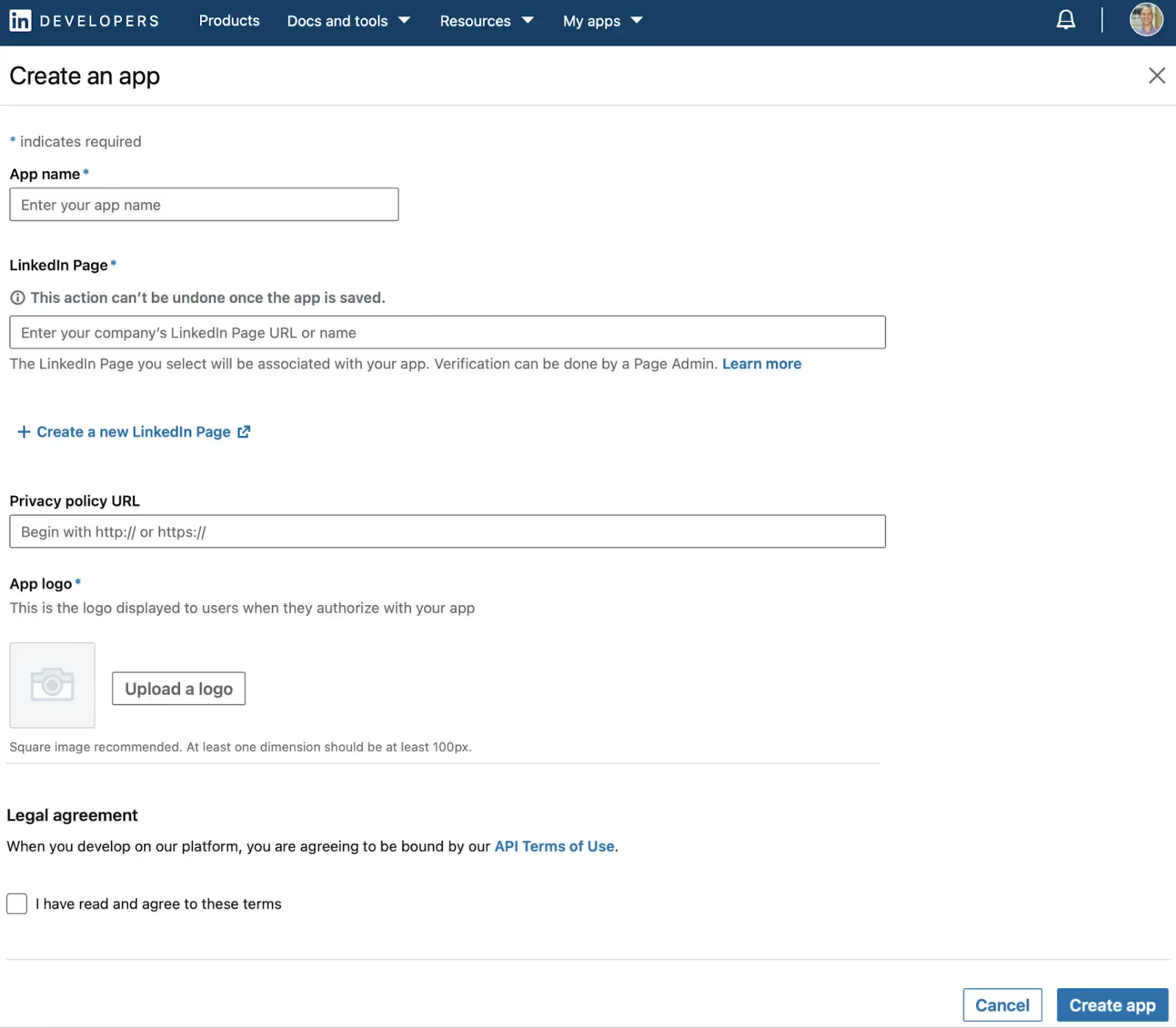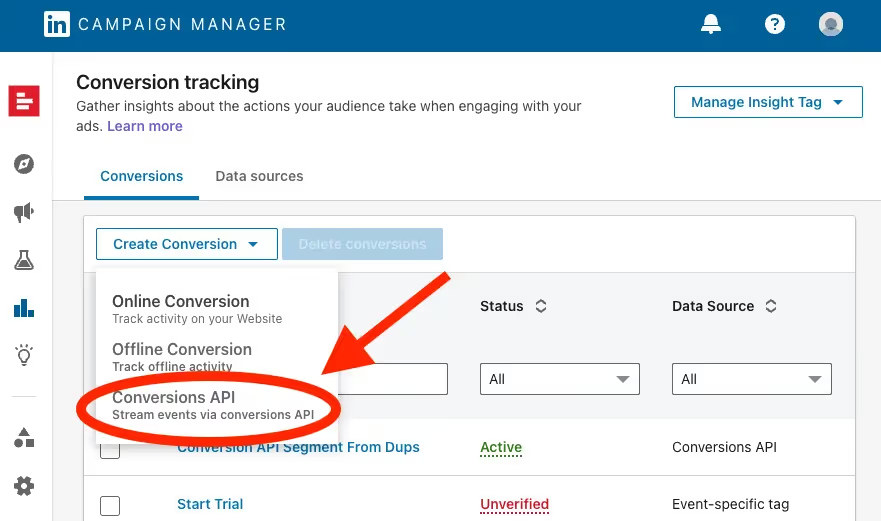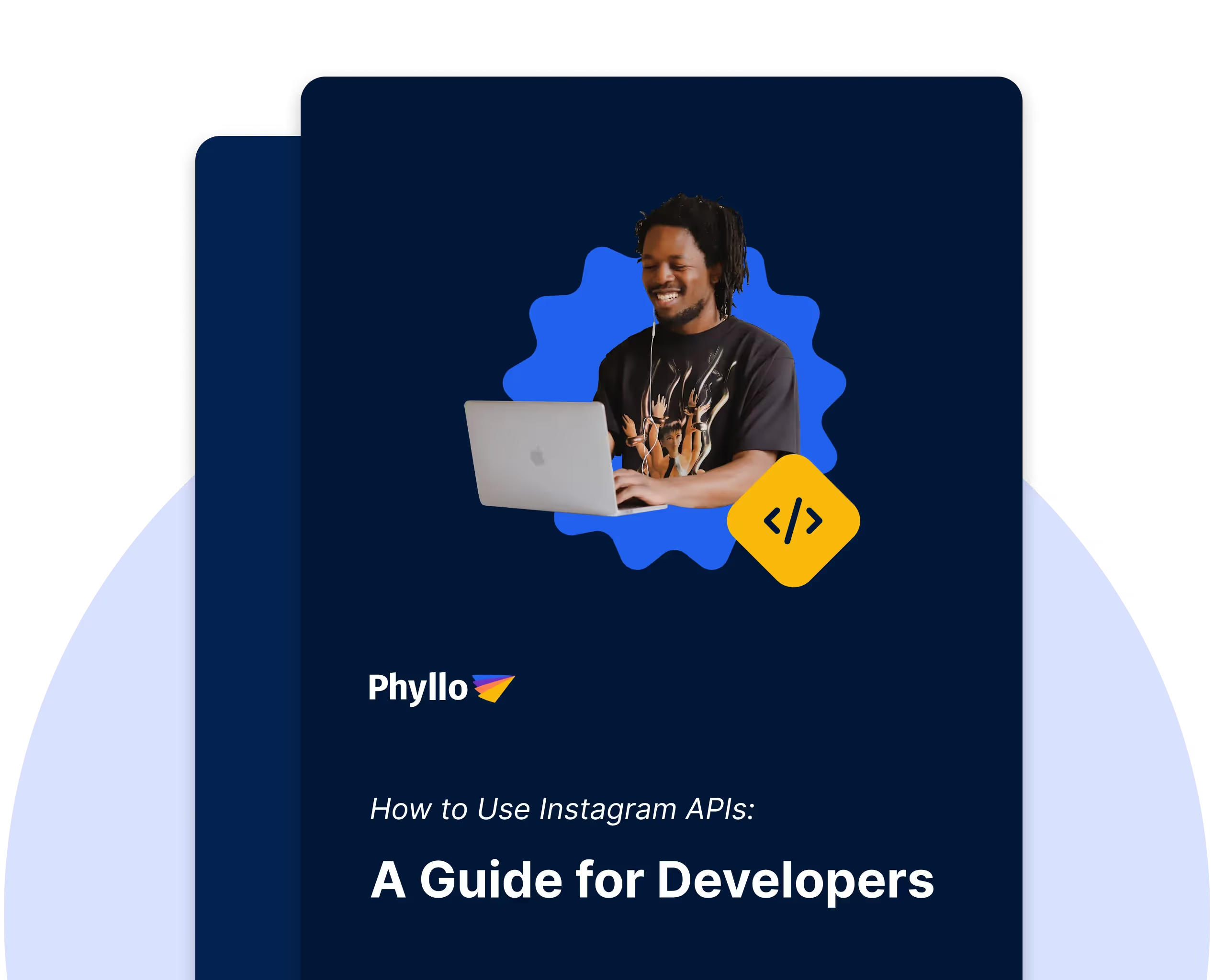LinkedIn is the biggest professional network and one of the highly sought-after influencer marketing platforms with a 70% trust factor that connects millions of professionals, businesses, and job seekers. In a survey, 77 out of 100 B2B marketers agreed that LinkedIn brings the best results on non-paid platforms. The system runs smoothly with robust APIs dedicated to authentication, search, and conversions. Each API has unique functions to enhance and streamline various aspects of professional online interactions and marketing analytics. In this article, we will discuss how to leverage LinkedIn’s Authentication, Search, and Conversion APIs to harness the full potential of its vast professional network.
Overview Of The LinkedIn Authentication, Search, And Conversion Apis
LinkedIn Authentication, Search and Conversion APIs meet various needs such as user authentication, knowing user experience, finding leads and professional contacts, and easily tracking conversions of LinkedIn ads. However, specific methods exist to integrate these APIs with your application and leverage them to the best of their abilities. There are also certain aspects and considerations to mind for user data safety and security purposes. Let’s understand how to use these APIs in detail.
What is the LinkedIn Authentication API?

LinkedIn Authentication API is a part of the LinkedIn API suite to authenticate users through their LinkedIn credentials through a third-party application. The process is known as OAuth 2.0 authentication. Here is a quick overview of its setup, along with best practices for securing API access.
Process Of Setting Up Linkedin Authentication API Access
Here is the step-by-step guide on how to set up your LinkedIn Authentication API access.
Step 1: Create Your LinkedIn Application

First, go to the LinkedIn Development Portal and create a new application. Fill out all the information such as name, description, application logo, etc. Mention the redirect URL to which LinkedIn will send the authentication response.
Step 2: Get API Keys
After creating an application, you will receive a Client ID and Client Secret. These are your credentials to validate your application during API calls.
Step 3: Implement OAuth2.0 Flow
It happens in three steps:
- You have to direct users to LinkedIn’s authorization dialog to receive permission for your application.
- After user authorization, LinkedIn will send them to your specified URL with an authorization code as an access token.
- Use that token to make API calls on behalf of the user.
Best practices for securing API access

Here are some best practices to be followed to leverage LinkedIn Authentication API to avoid unwanted data breaches and protect user privacy data.
- Keep your API keys secured, and do not hardcode them in your application’s front end.
- Always use HTTPs for any communication that involves token exchange or passing sensitive data.
- Validate redirect URIs to prevent redirection attacks
- Keep track of API usage for unusual patterns and potential security breaches
- Implement token expiry and refresh mechanisms appropriately
What is the LinkedIn Search API?

LinkedIn Search API allows developers to perform searches within the LinkedIn platform. The API can programmatically query data related to various fields, such as people, jobs, and companies. Let’s look at the types of searches you can perform with LinkedIn Search API.
Types Of Searches You Can Perform
With LinkedIn Search API, you can perform the following four types of searches:
- People: you can look for people based on their name, location, industry type, current company, past experience, education, and skills
- Job: search and filter job postings by title, location, company, industry, and other criteria
- Company: you can also look up companies by name, industry, size, and other factors
- Content: some versions of API might allow you to search for posts or articles published on the LinkedIn platform.
Request Parameters And Query Options
The specific request parameters and query options depend on the type of search you’re performing and the version of the API you are using. However, common aspects include:
- Query (q): to specify search query, like a keyword or name
- Filters: to refine search results by location, industry type, experience level, and company size
- Fields: for specifying fields you want the API to return, such as ‘id’, ‘first-name’, ‘last-name’, ‘location’, etc.
- Pagination parameters: to control how many results are returned and from which point in the datasheet with ‘count’ and ‘start’ parameters, respectively
- Sort: to sort results based on certain criteria, like relevance or recency
What is the LinkedIn Conversion API?

If you’re an advertiser, LinkedIn Conversion API will help you track and measure the performance of your ad campaigns on LinkedIn. You can send conversion events from your server directly to LinkedIn to measure your ad conversions accurately.
Process of setting up LinkedIn Conversion API
Setting up LinkedIn Conversion API is not a big deal; all it requires is to follow these time-intensive steps with care.
Step 1: Access and Permissions
You must have an active LinkedIn Ads account with access to your LinkedIn Campaign Manager. Also, you should have the permission to create and manage conversions within the account.
Step 2: Create a LinkedIn Application
As stated before, create an application in the LinkedIn Development Portal to receive API credentials (Client ID & Client Secret) for validating your requests.
Step 3: Define Conversion Actions
Define conversion actions in LinkedIn Campaign Manager for tracking. It could include various user activities such as downloads, sign-ups, purchases, etc.
Step 4: Implement Conversion Tracking
Implement logic on your server side to capture the conversion events. For each conversion, your server will send a POST request to the LinkedIn Conversion API endpoint.
Step 5: Send Conversion Data
Send specific data to LinkedIn, including specific conversion action, time of the event, and any additional parameters that define the conversion.
Step 6: Test and Validate
After the setup is finished, test and ensure the conversion data is being sent and recorded accurately in the campaign. You can use LinkedIn analytics and other tools to validate and monitor the conversion.
How Phyllo LinkedIn API Helps to setup Authentication, Search & Conversion API

Phyllo is a powerful third-party aggregator software application that helps you leverage LinkedIn API with a minimum number of steps. It comes with a simple and intuitive interface for API integration to save you from complex setup procedures involved in the process. With the universal API from Phyllo, you can access data in real time across 100+ social platforms, including Instagram and YouTube.
How does Phyllo LinkedIn API help?
Phyllo offers two supported APIs for LinkedIn:
Identity
Phyllo’s Identity API product helps you quickly verify the creator's identity and profile and fetches you data regarding their fan following and reputation. Using this Phyllo API, you can do the following:
- Identify and verify creator profiles on LinkedIn
- Analyse growth trends in terms of followers, subscribers, and views
- Fetch audience demographics to understand engagement metrics
Engagement
Phyllo’s Engagement API helps you get instant access to content data and engagement metrics such as likes, views, reach and impressions. Using this Phyllo API, you can do the following:
- Build your own showcase page on LinkedIn
- Analyse and track the performance of paid and sponsored posts
- Enable social ecommerce for creators to import content from multiple platforms and show them shoppable content on LinkedIn.
- Identify true fans by analysing their sentiments through comments and engagements.
Why Phyllo?
- Instance access to the creator’s profile info sourced from LinkedIn API
- Leverage a wide variety of data for better performance
- Frequent updates to engagement data (< 24 hrs) compared to slower intervals from TPAs managing millions of creators
- Webhooks to notify developers when a creator's data is updated, reducing page load times
- A Connect SDK for enabling transparency and control for creators to link/unlink their profiles from Phyllo access
- Save up to 80% on integration cost
Furthermore, Phyllo's robust infrastructure ensures reliable and efficient API communication to use LinkedIn's features to their fullest potential.
Conclusion
LinkedIn APIs offer great opportunities to elevate your operations and marketing strategies. However, you need to adopt a strategic approach and use appropriate tools to add LinkedIn APIs to your system without any technical error. However, it should be handled under high-security measures to avoid unwanted data breaches on your application. In this regard, it would be wise to take the help of a universal API platform for creators like Phyllo to avoid heavy lifting and focus on building your product.
FAQs
What is the API key for LinkedIn?
API stands for Application Program Interface. As the name suggests, it acts as an interface between your application and LinkedIn to fetch data from LinkedIn with a single touch. However, your application must be authorized and authenticated by LinkedIn.
How to authenticate LinkedIn API?
It goes in three steps. First, you have to create an application on LinkedIn’s development portal to obtain your Client ID and Client Secret. Second, you have to implement OAuth 2.0 flow to receive access permission for your application from LinkedIn. Lastly, use the access token received to make authentic API calls for your benefit.
Does LinkedIn have a search API?
Yes, LinkedIn offers a search API for various entities within the LinkedIn platform, like people, jobs, companies, etc. However, accessing this API and the amount of data you can retrieve depends on the permission granted to your application and compliance with LinkedIn’s API usage policies.
Does LinkedIn have a conversion API?
Yes, LinkedIn offers a conversion tracking API as a part of their marketing APIs. If you’re an advertiser, you can use this API to track conversions (like leads, purchases, etc.) out of user interaction with your ads on LinkedIn. Thus, it is also useful to track and optimize your campaigns for better performance.


.avif)







